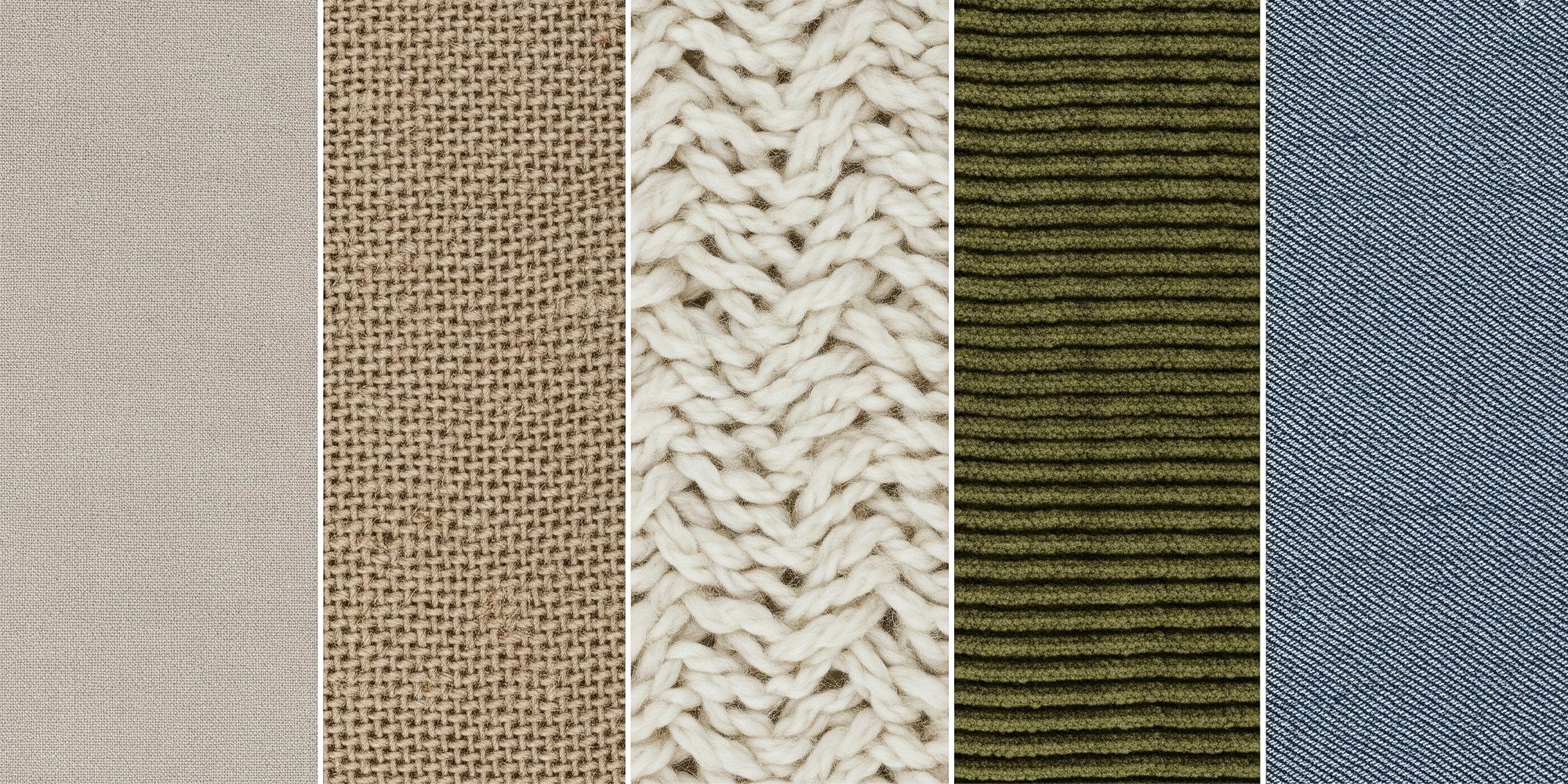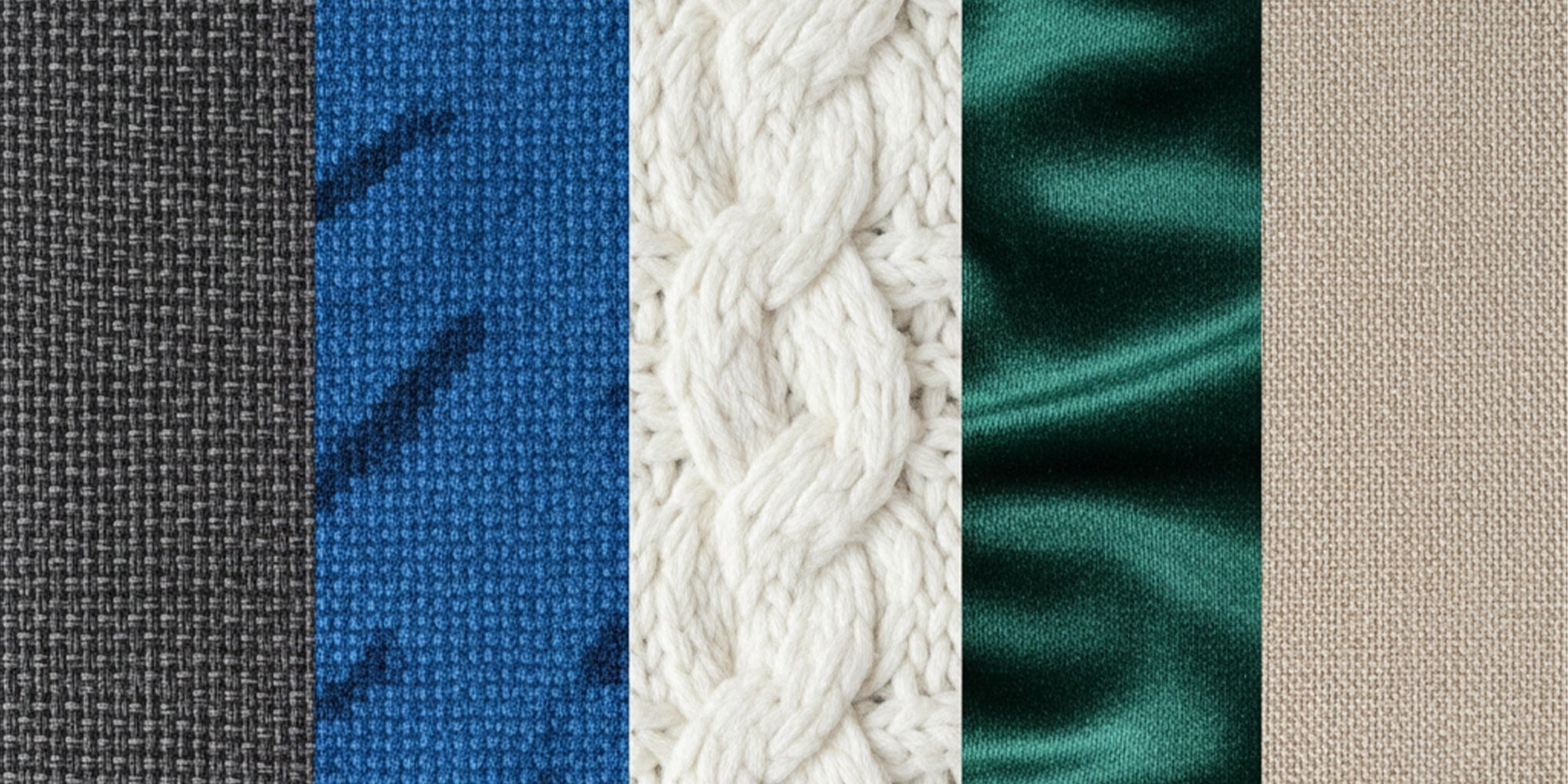Fabric Behind Every Feel
Dive into the world of textiles—from lush natural fibers to performance-driven synthetics—and find the perfect match for your furniture’s style and functionality.
At LAKDI, we recognize that the fabric you choose is more than just a look—it’s a tactile experience and a promise of longevity. Whether you're after indulgent luxury or everyday resilience, we’ve got you covered.
Natural Fabrics
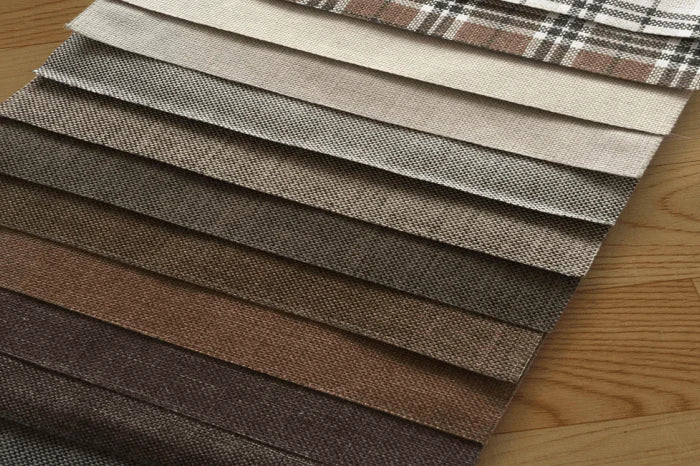
Cotton: Soft and breathable, cotton is perfect for pieces used lightly. Great for casual, comfortable settings—but be aware, it's more prone to staining and fading.
Linen: Elegant and textured, linen brings a fresh, refined look and is notably strong. Just keep it away from high-traffic areas and direct sunlight.
Wool: Durable, insulating, and rich in texture—wool is ideal for cozy, high-end upholstery. Often blended with synthetics to reduce pilling and boost resilience.
Silk: Luxurious and lustrous, silk adds elegance but requires gentle care and is best used in low-traffic or formal areas.
Leather: A timeless go-to, leather offers durability and character. It develops a beautiful patina over time and is simple to maintain—especially suitable for everyday use.
Synthetic Fabrics
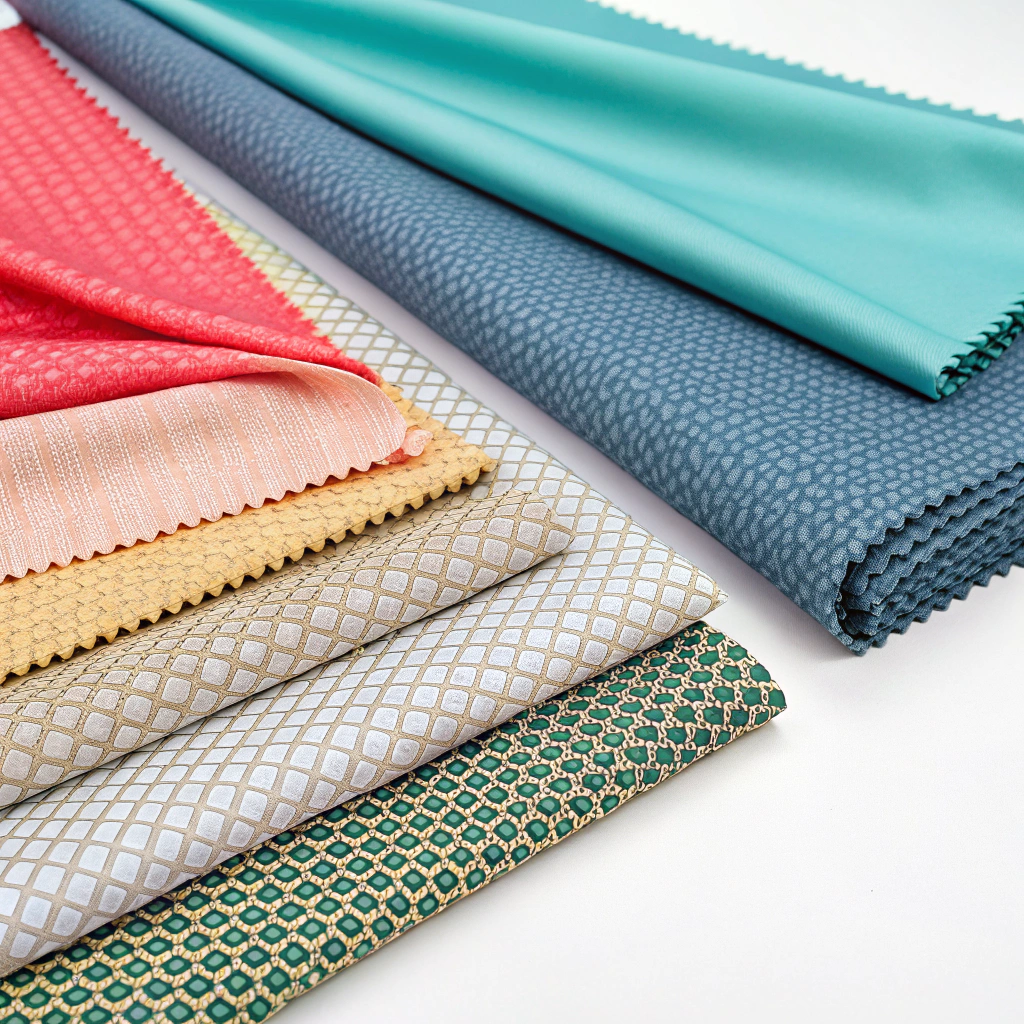
Polyester: Highly durable, fade-resistant, and affordable—often blended with natural fibers for a soft, practical result.
Nylon: Noted for strength and flexibility, nylon enhances blend durability and withstands abrasion.
Acrylic: Lightweight, fade-resistant, and reminiscent of wool. A favorite for sunny spaces and vibrant outdoor pieces.
Olefin: Rugged, stain-resistant, and weatherproof—ideal for outdoor-inspired and heavy-use settings.
Microfiber (Poly-Nylon blend): Incredibly soft with impressive stain resistance. A top pick for high-use furniture and pet-friendly homes.
Rayon & Acetate: Offer a silk-like drape and aesthetic but are better for decorative or low-use pieces due to moderate durability.
Vinyl / Artificial Leather: Budget-friendly and easy to clean—perfect for homes with kids, pets, or high wear. However, it may show wear like cracks over time.
Specialty & Blend Fabrics
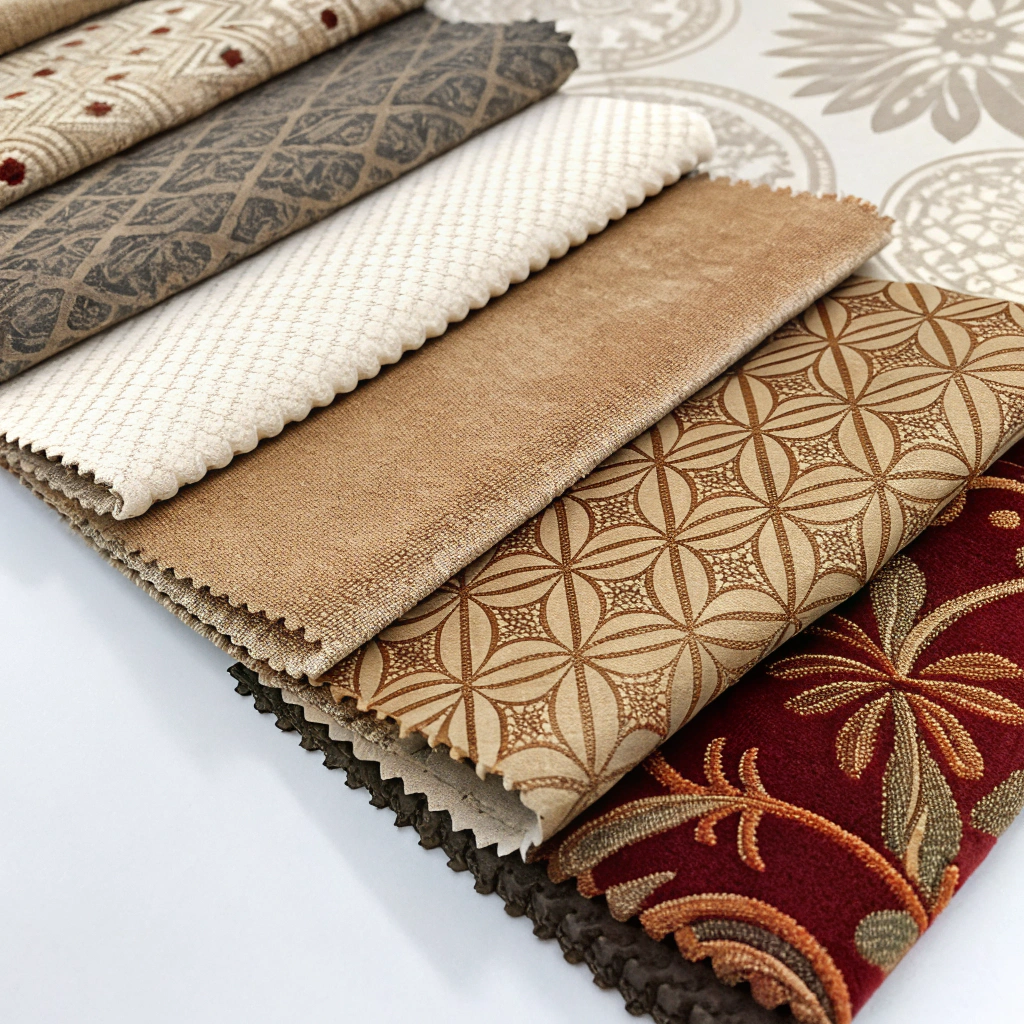
Chenille: Soft and plush with a subtle sheen—exceptionally cozy for family areas. Just note that its texture may attract dust or shed over time.
Velvet: Opulent and tactile—modern synthetic velvets offer both luxury and resilience, making them viable even for daily use.
Jacquard & Dobby: Intricately patterned and textured—great for statement pieces in formal rooms.
Flock, Velour & Velveteen: Decorative, soft, and plush—best suited for low-traffic spaces due to delicate structure.
Fire-Retardant Options: Treated or inherently flame-resistant—essential for public or safety-conscious environments.
Blends (Natural + Synthetic): Combine the best of both worlds—comfort, durability, and easy care. Examples include cotton-polyester and wool-poly blends.


